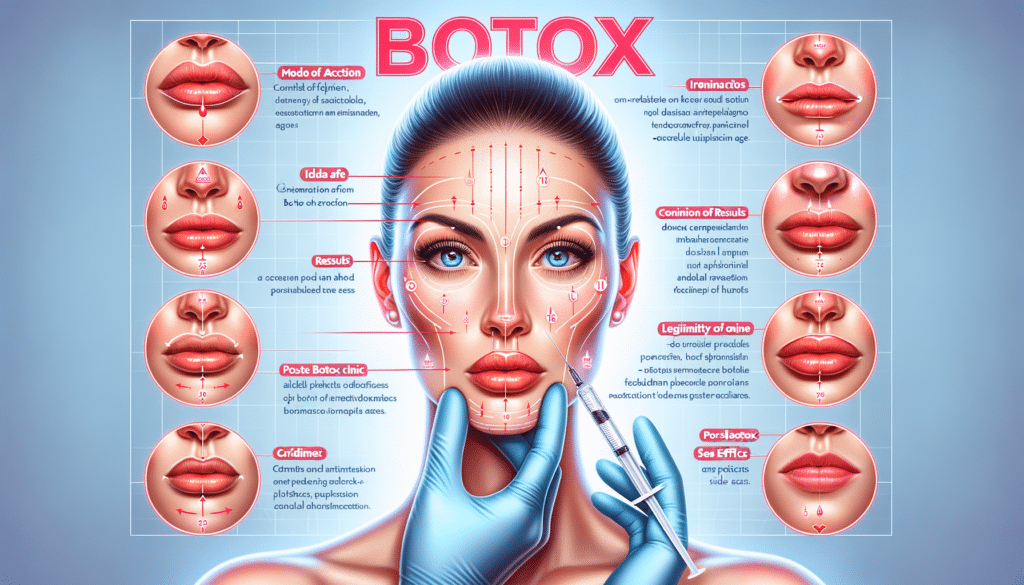What Does Botox Do?
Botox, a name that echoes through the corridors of cosmetic and medical treatments, is often associated with smooth, youthful skin. But what exactly does it do? At its core, Botox is a neurotoxin derived from the bacterium Clostridium botulinum. When used in small, controlled doses, it temporarily paralyzes muscles by blocking nerve signals, which helps to reduce the appearance of wrinkles and fine lines. This makes it a popular choice for those looking to combat the signs of aging, especially in areas such as the forehead, around the eyes (crow’s feet), and between the eyebrows (frown lines).
Beyond its cosmetic uses, Botox has a range of medical applications. It is used to treat conditions such as chronic migraines, excessive sweating (hyperhidrosis), overactive bladder, and even certain types of muscle spasms. The versatility of Botox stems from its ability to interfere with nerve activity, providing relief from conditions that are otherwise difficult to manage.
In essence, Botox works by relaxing the muscles, which not only softens existing wrinkles but also prevents new ones from forming. This makes it a sought-after treatment for individuals aiming for a refreshed and youthful appearance without undergoing invasive procedures.
How Long Do Botox Injections Last?
One of the most common questions regarding Botox is its longevity. How long can one expect the effects of Botox injections to last? Generally, the results of a Botox treatment can last anywhere from three to six months. The duration varies depending on several factors, including the individual’s metabolism, the area treated, and the amount of Botox used.
Initially, after the treatment, the effects of Botox start to become noticeable within a few days, with full results typically visible within two weeks. As the effects begin to wear off, muscle action gradually returns, and with it, the appearance of wrinkles and lines. Regular maintenance sessions are often recommended to sustain the desired results. Over time, some individuals may find that the effects last longer, as repeated treatments can lead to a cumulative effect, where muscles become conditioned to remain relaxed.
To maximize the longevity of Botox, it’s essential to follow post-treatment care instructions, such as avoiding strenuous exercise and refraining from rubbing the treated area. Understanding these factors can help set realistic expectations and assist in planning future appointments.
What Age is Ideal to Start Botox?
The question of when to start Botox is a topic of much debate. There is no one-size-fits-all answer, as the decision largely depends on individual goals and skin condition. Some experts suggest that starting Botox in the late 20s or early 30s can be beneficial as a preventive measure. At this age, Botox can help delay the onset of deeper wrinkles by relaxing the facial muscles that cause them.
For others, starting Botox in the 40s or 50s might be more appropriate, especially if the goal is to soften existing lines and achieve a more youthful appearance. In these cases, Botox can be part of a broader anti-aging strategy that includes skincare and lifestyle adjustments.
Ultimately, the ideal age to start Botox is when an individual begins to notice fine lines and wants to take action to prevent them from becoming more pronounced. Consulting with a qualified professional can provide personalized advice based on skin type, lifestyle, and aesthetic goals.


